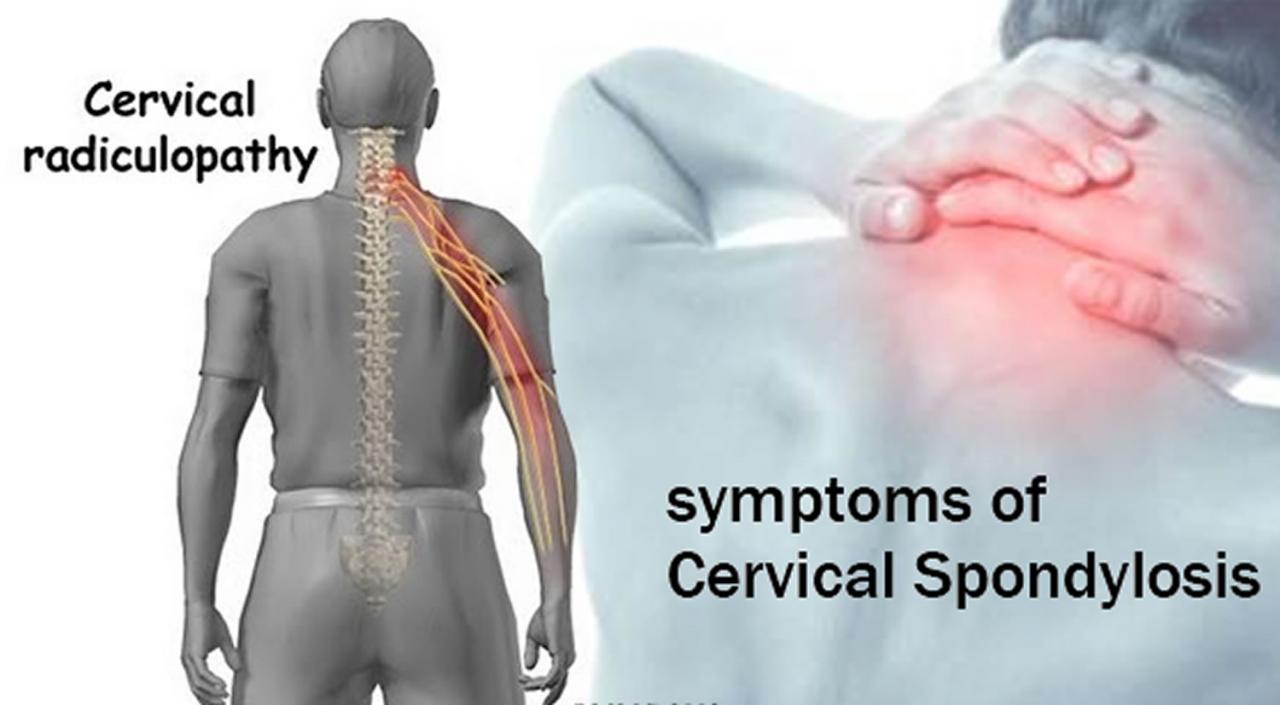Cervical spondylosis is a degenerative disease that predominantly affects the neck, specifically the cervical spine – the upper part of the spine located near the neck. This condition is associated with the ageing process, causing the soft disks between the spinal bones to compress. Although cervical spondylosis becomes more common as people age, many individuals don’t experience symptoms.

One of the primary symptoms of this condition is neck pain and/or stiffness. However, in cases where spondylotic changes to the spine put pressure on adjacent nerves, patients might not only experience pain in the neck but also numbness or tingling that extends down the arm. This exemplifies how spondylosis can affect various parts of the spine, including the thoracic spine – the upper and middle part of the spine, and the lumbar spine – the lower back.
Moreover, cervical spondylosis can lead to a more severe condition known as cervical spondylotic myelopathy, the most common spinal disorder in Americans over 55 years of age. This condition is characterized by the compression of the cervical spinal cord due to degenerative changes such as bone spurs (osteophytes), disc bulges, and thickened ligaments. Symptoms of cervical spondylotic myelopathy include tingling and numbness in the arms, hands, legs, and/or feet.
Additionally, some patients may experience more generalized symptoms such as arm and shoulder pain, or even incontinence. For comprehensive insights and medical advice on spondylosis, click here.
While the prevalence of cervical spondylosis increases with age, it is essential to recognize the symptoms early for timely intervention and management. For further reading on this condition and its impact on health, you may visit UCSD Health and URMC.


